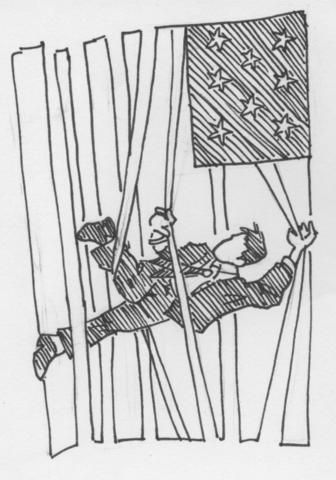Whitman Snapshot Number Eleven.
You lie sprawled with fifteen of your best friends across the couches of your first-year dorm. People alternately sniffle and sing along, as Simba and Nala romp through a twilit glade. That’s right. You’re celebrating your newfound adulthood with a Disney marathon. If there are anime fans in the building, perhaps you’re adding a Miyazaki film to the sequence of classic Disney animation. Watching beloved children’s films is a fabulous tradition. However, you should be asking yourself –– why am I watching animals fall in love, when I could be watching goblin armies led by David Bowie in tights and a cape?
Now that the Disney films are back on the shelf and the 1986 cult classic “Labyrinth” is playing, it’s time to discover the quirks that make this unconventional children’s movie a gem of pop culture iconography. It was the product of the creative geniuses of director Jim Henson, producer George Lucas and Monty Python member Terry Jones. This film completely defies conventions of children’s films. There is no hint of religious allegory and no concrete moral message.
Instead, the film delivers elements that range from broken homes and family angst, escapism, hallucinogens, pedophilic attraction, Escherian architecture and David Bowie in barely-there tights. There is a distinct ambiguity of good and evil. The villain is intriguing, seductive and frequently hilarious. As Bowie’s Jareth works half-heartedly to defeat Sarah (played by the young Jennifer Connelly), it is clear to the viewer that he is her villain. He is what she needs him to be. The story remains conscious of its own artificiality through the device of story framing. The ending is also ambiguous –– it remains uncertain whether Sarah has rejected childhood escapism, or chosen to embrace it.
Historically, “Labyrinth” was significant as a landmark of animation. Director Jim Henson employed puppets similarly in his other classic “The Dark Crystal,” but here combines them with live actors and green screen techniques. These techniques are early in their evolution, and scenes like Sarah’s meeting with the Fire Gang remind us of that evolution with distinctly edited edges flickering around Sarah and the creatures.
Though it initially failed at the box office, “Labyrinth” has garnered a cult following over the decades and has left widespread influences on pop culture. Much of this has to do with the glam-rock appeal of David Bowie. German rocker Bill Kaulitz cites “Labyrinth” as his favorite movie and sported Jareth-like hair for several years. The American indie rock band Ludo takes its name from one of Labyrinth’s denizens, even representing the creature on their cover art for “You’re Awful, I Love You.”
Next movie marathon, take your friends and get lost in “Labyrinth.”


